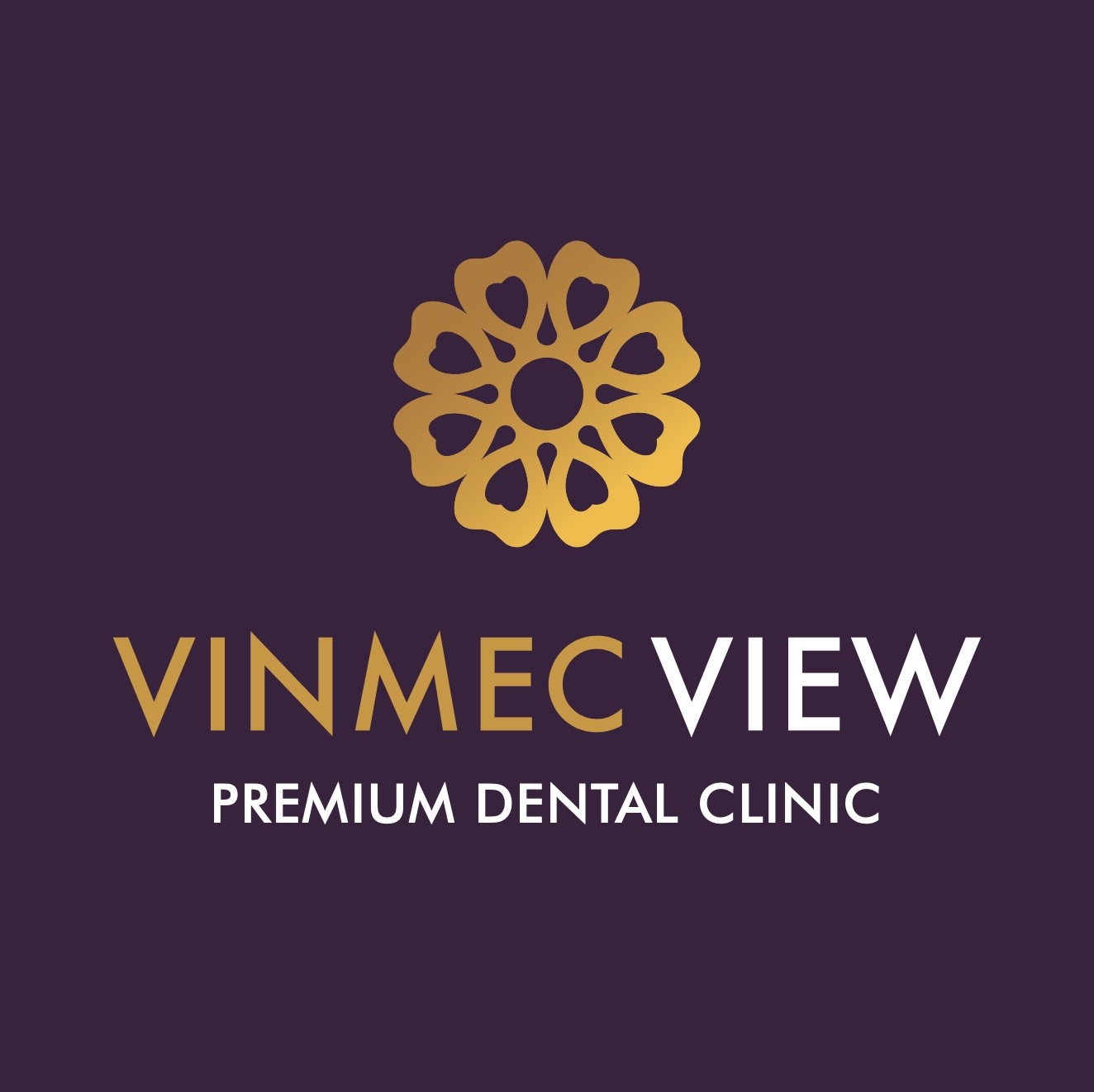
Say “Ahhh!” It might reveal more than you think.
As you’ve likely heard, your oral hygiene can have a major impact on your overall health. Gum disease, for instance, has been linked to a variety of health issues, such as heart disease, stroke, diabetes, preterm labor and even Alzheimer’s.
That’s why it’s so important to take care of your teeth. But simply brushing and flossing on schedule, and visiting your dentist on a regular basis, might not cut it.
But with these 9 simple steps, you can help improve your dental hygiene—and the rest of your health. And who wouldn’t smile about that?
1. Wait Before You Brush

In the habit of starting your morning off with a glass of orange juice? You’re going to want to hold off on brushing for a while afterwards.
Foods and drinks with a low pH—that is, acidic foods—temporarily soften the enamel of the teeth. If you immediately follow up with brushing, the action could remove some of the enamel, making your teeth more susceptible to decay over time.
2. Switch to a Soft-bristled Brush

You likely already know you should change your toothbrush every two to three months (or sooner if the bristles are frayed), but if you’re using a hard brush, consider replacing it now. Medium- and firm-bristled toothbrushes may leave your teeth feeling cleaner, but they can be very abrasive—and damaging over time.
3. Start by Brushing in the Back

This good habit may mean that you do a better job cleaning those hard-to-reach spots—which is essential because all of those nooks and crannies in your molars make them more susceptible to gum disease and cavities.
4. Add Mouthwash and Gum to Your Routine
If you’re doing twice-a-day brushing and flossing, you may feel that’s good enough. But rinsing with an antimicrobial mouthwash, like Listerine® Antiseptic Mouthwash, afterwards will kill more oral bacteria, helping to fight plaque. After you brush and floss, swish vigorously for 30 seconds twice a day.
5. Snap a Video Selfie
After study participants recorded themselves brushing their teeth to establish a baseline, they were given demonstrations and pointers until they achieved the proper technique. Over a two-week period, they used their smartphones, propped on a stand, to record themselves while brushing.
At the end of the study, researchers found that though people brushed for the same amount of time as before, they did increase both the accuracy and number of brush strokes, improving their toothbrushing skills overall.
6. Don’t Brush Too Often
The recommendation used to be to brush after every meal. Brushing too often can damage your gums and the enamel on your teeth, and because of that, twice a day is enough.
What you can do after every meal and snack is rinse with plain water. “Do some vigorous swishing, forcing the liquid in between the teeth to disrupt and dislodge any food particles,” .
7. Don’t Linger Over Sipping Sugary Drinks
While you should limit the amount of sugary drinks in your diet, if you are going to have a beverage like soda, sweet tea or coffee with sugar and cream, it’s better to have it all at once, rather than sipping it throughout the day. “When you constantly expose your mouth to sugar, certain bacteria uses that sugar as a food source and metabolizes it into lactic acid,”. “The lactic acid starts to dissolve the minerals in your teeth and that’s how cavities are formed.”
8. Eat Teeth-whitening Foods
It’s true: Some foods can actually help keep your pearly whites, well, white.
Raw, coarse, fibrous foods—such as celery, cucumbers, apples, pears, carrots and lettuce—help scrub tooth surfaces and remove some of the plaque that’s accumulated, which can make teeth appear yellow.
Also, these crunchy foods require more chewing time, so they also stimulate saliva, which helps neutralize acids that can erode your teeth.
9. Wash Your Toothbrush Holder
When was the last time you gave your toothbrush container a good scrubbing?
It doesn’t just hold your brush—it also holds onto many of the germs that occupy your bathroom. A study by the National Sanitation Foundation found that toothbrush holders are the third germiest household item (your dish sponge and kitchen sink take the first and second spots).








